Molar mass 482.25 g/mol | Formula NH4Fe(SO4)2 Density 1.71 g/cm³ | |
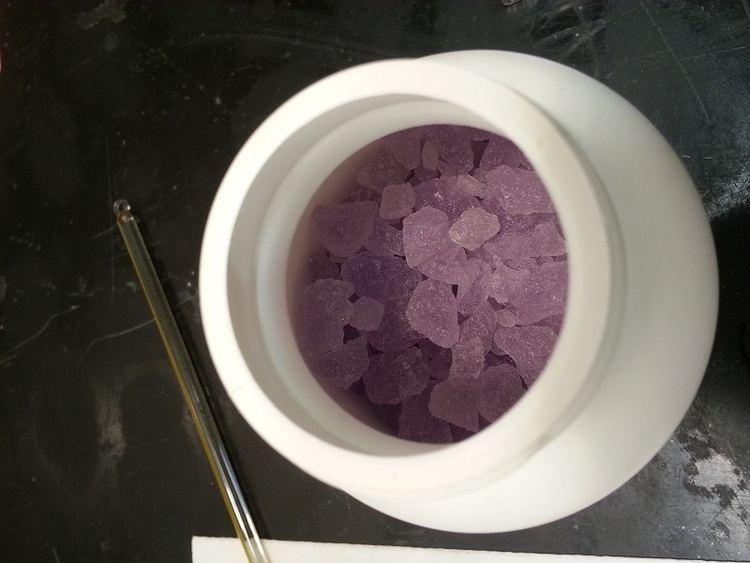 | ||
Related compounds Appearance Pale violet octahedral crystals | ||
Ammonium iron(III) sulfate, NH4Fe(SO4)2·12 H2O, or NH4[Fe(H2O)6](SO4)2·6 H2O, also known as ferric ammonium sulfate (FAS) or iron alum, is a double salt in the class of alums, which consists of compounds with the general formula AB(SO4)2 · 12 H2O. It has the appearance of weakly violet, octahedrical crystals. There has been some discussion regarding the origin of the crystals' colour, with some ascribing it to impurities in the compound, and others claiming it to be a property of the crystal itself.
Contents
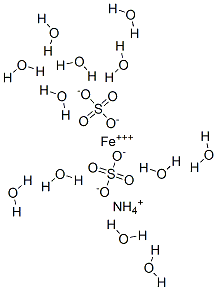
FAS is paramagnetic, acidic and toxic towards microorganisms. It is a weak oxidizing agent, capable of being reduced to Mohr's salt, ferrous ammonium sulfate.
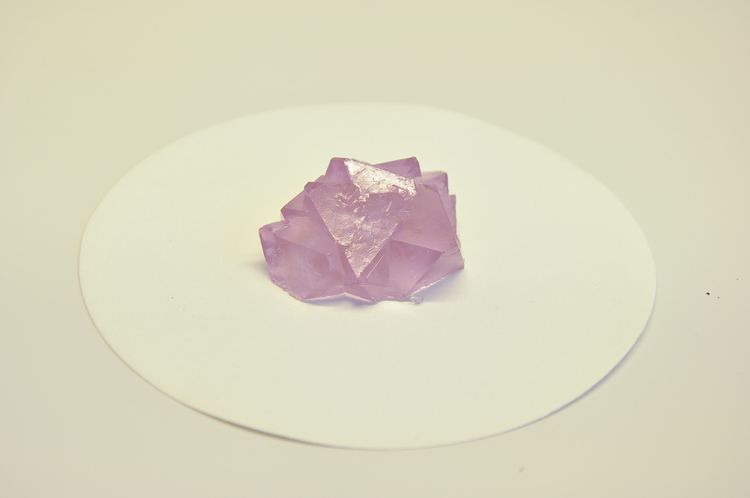
Preparation
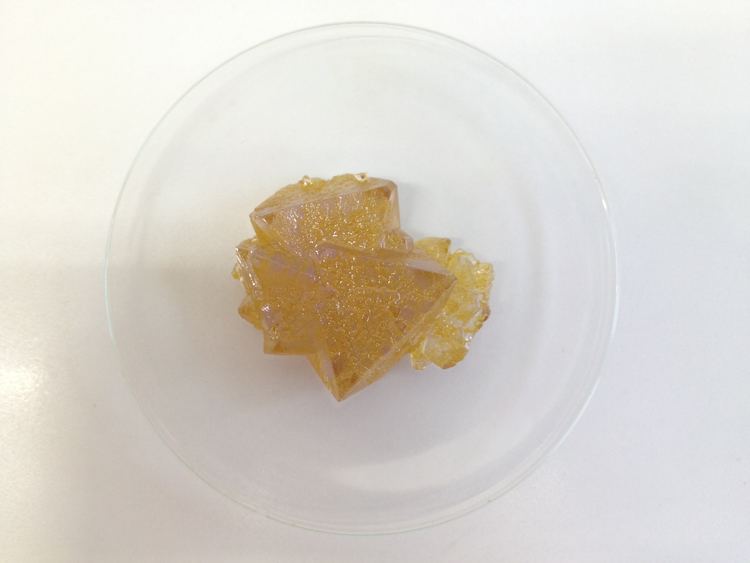
FAS can be prepared by crystallization from a solution of ferric sulfate and ammonium sulfate. Iron(II) in ferrous sulfate is oxidized to Iron(III) in ferric sulfate by addition of sulfuric and nitric acid. Upon addition of ammonium sulfate to the solution and damping in of the solution, ferric ammonium sulfate crystals will precipitate.
Oxidation: 6 FeSO4 + 2 HNO3 + 3 H2SO4 = 3 Fe2(SO4)3 + 2 NO + 4 H2O
Synthesis: Fe2(SO4)3 + (NH4)2SO4 = 2 NH4Fe(SO4)2
Procedure:
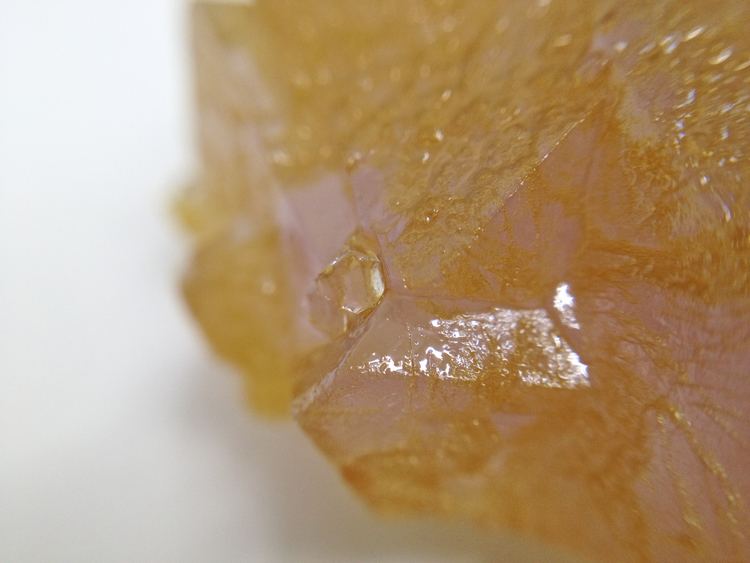
The nitric and sulfuric acid is reacted with the ferrous sulfate to make ferric sulfate, nitric oxide, and water. The ferric sulfate is mixed with ammonium sulfate and crystallized to get ammonium iron(III) sulfate. The solution is normally tested to ensure that no more iron(II) is left.
Uses
Areas of use for FAS include waste water treatment, tanning, production of dyestuffs, and as an etching agent in the production of electronic components. It has been used in a wide area of applications, including adiabatic refrigeration equipment, biochemical analysis and organic synthesis.
